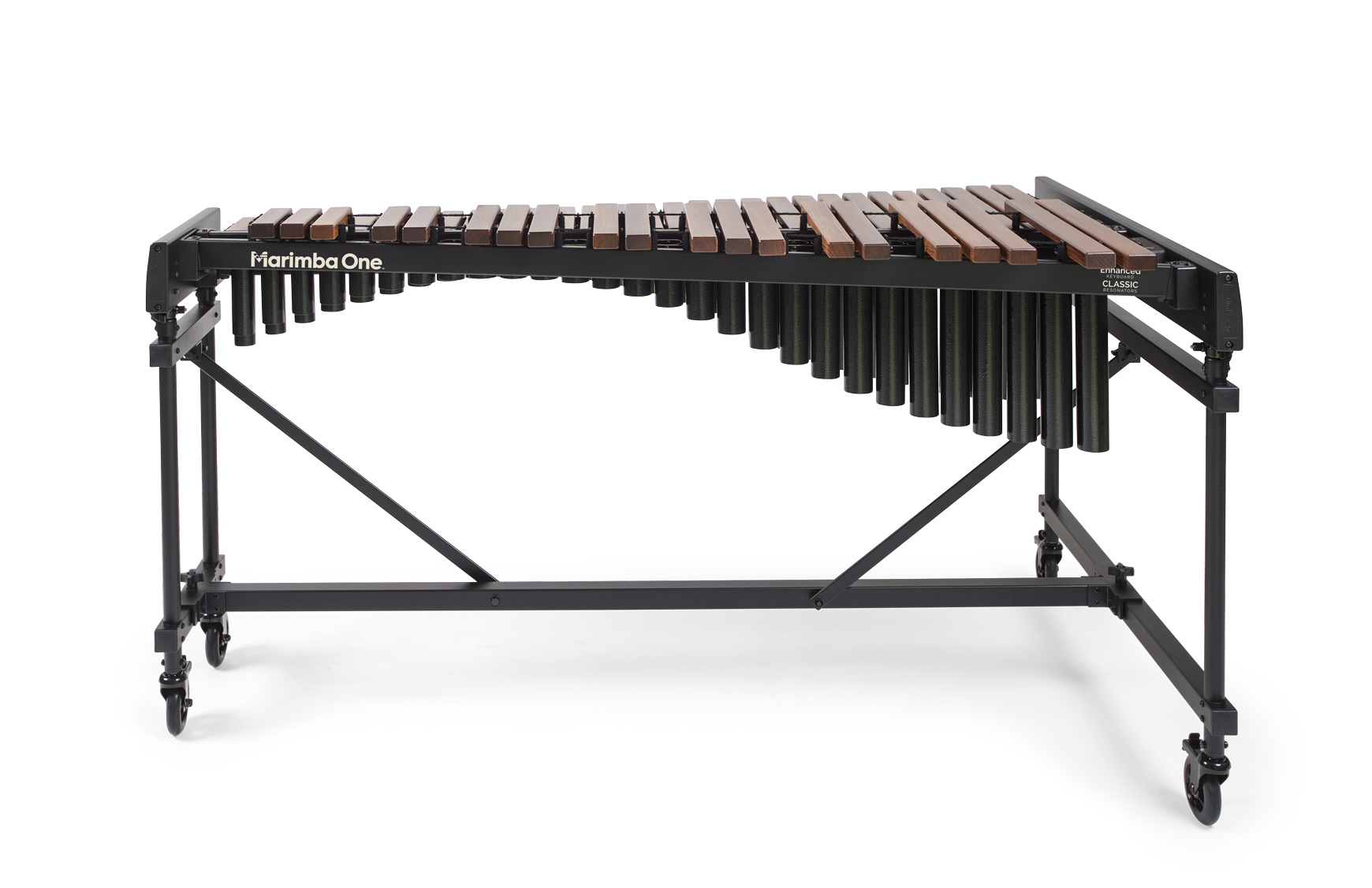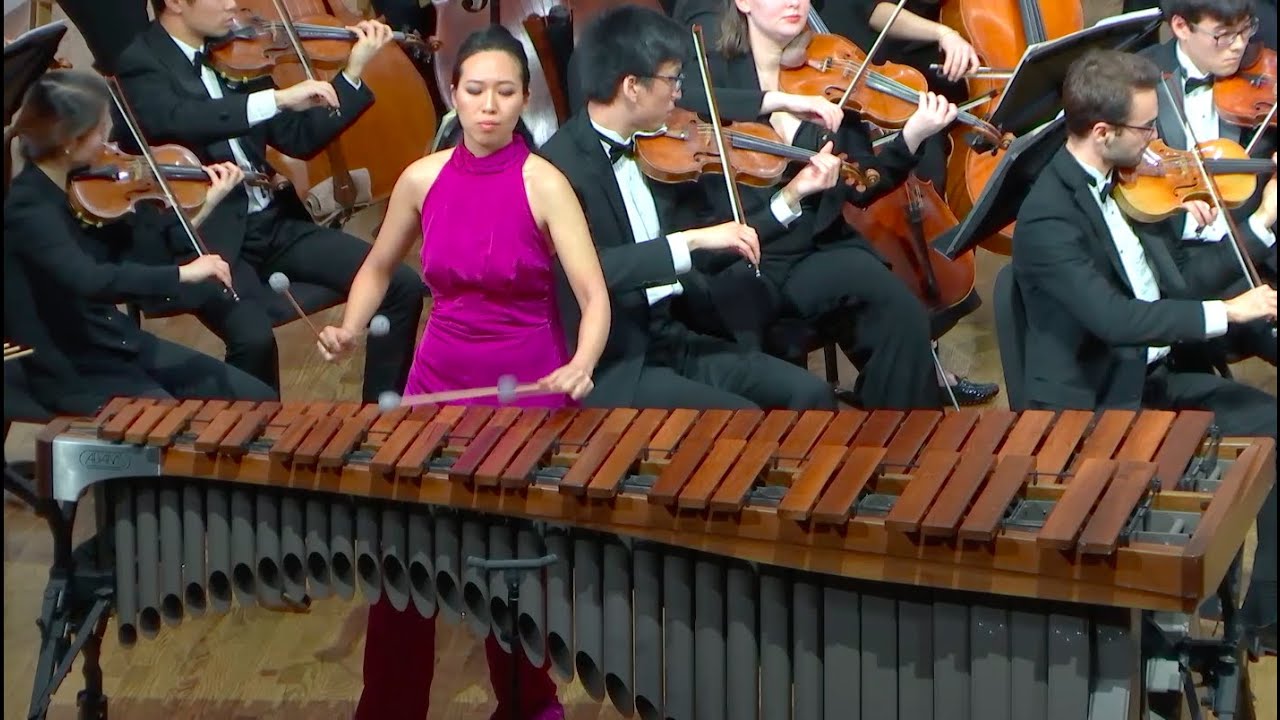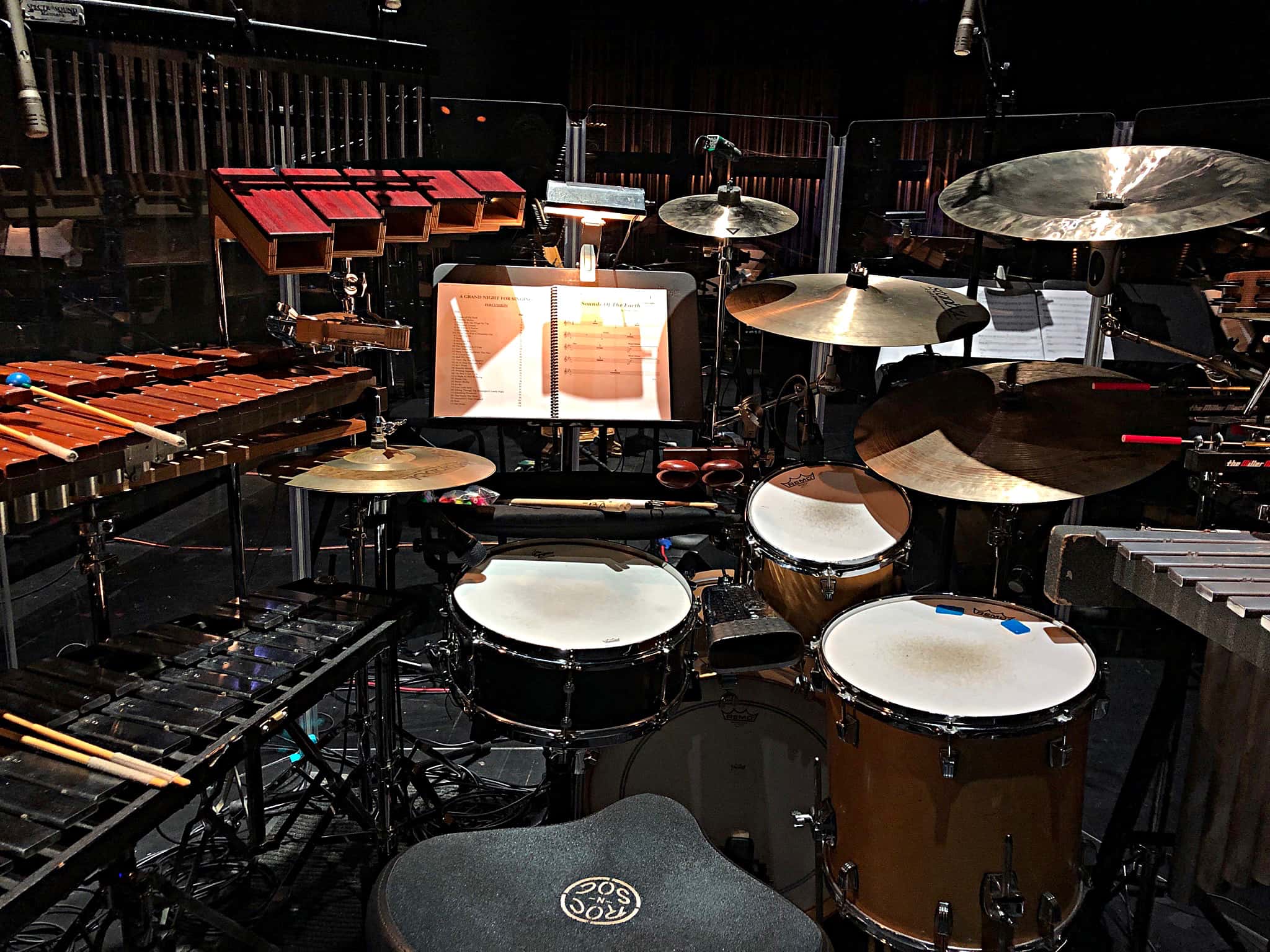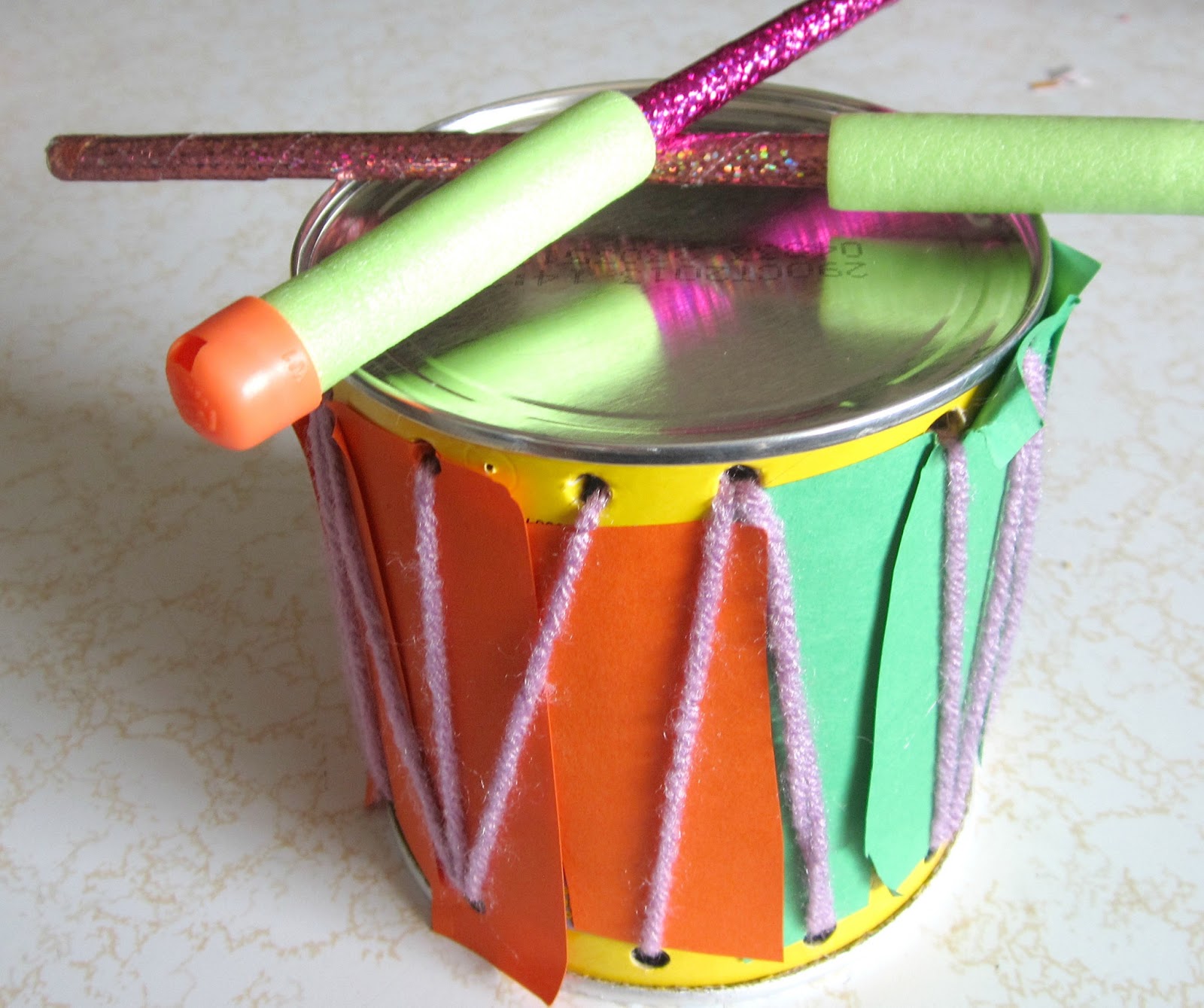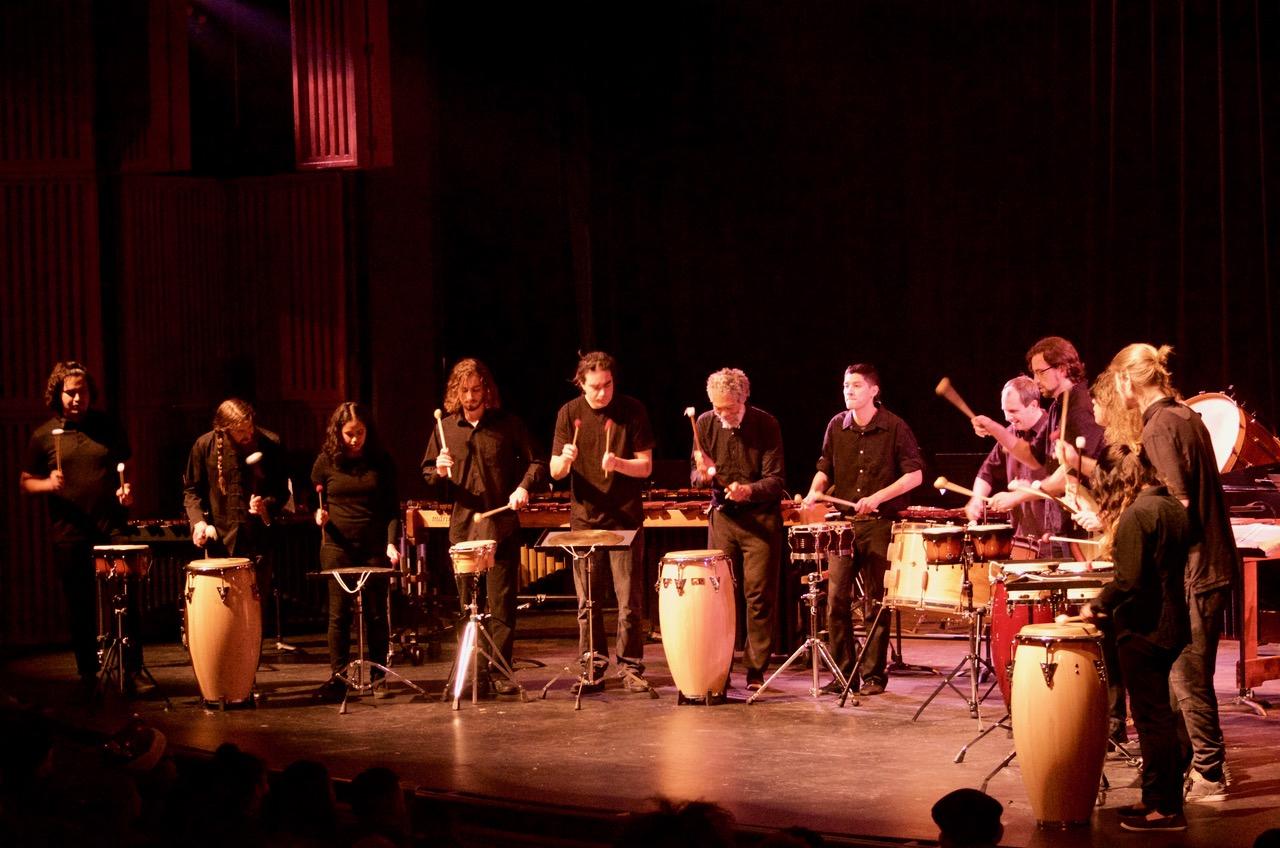Home>Instruments>Percussion Instruments>What Instrument Has Characteristics Of Both String And Percussion Instruments


Percussion Instruments
What Instrument Has Characteristics Of Both String And Percussion Instruments
Modified: January 22, 2024
Discover the unique hybrid instrument that combines elements of both string and percussion instruments. Explore the versatility and rhythm of percussion instruments within this fascinating musical creation.
(Many of the links in this article redirect to a specific reviewed product. Your purchase of these products through affiliate links helps to generate commission for AudioLover.com, at no extra cost. Learn more)
Table of Contents
Introduction
When it comes to musical instruments, there are a wide variety of options available, each with its unique sound and characteristics. Two popular categories of instruments are string instruments and percussion instruments. String instruments produce sound through the vibration of strings, while percussion instruments create sound through the striking, shaking, or scraping of materials. But what if there was an instrument that combined the best of both worlds?
This article will explore the fascinating concept of an instrument that has characteristics of both string and percussion instruments. We will delve into the specific traits of string and percussion instruments, and then explore some examples of instruments that embody this unique combination. Whether you are a connoisseur of musical instruments or simply a curious reader, join us on this musical journey as we uncover the secrets of these extraordinary instruments.
Background
The distinction between string instruments and percussion instruments has been a foundational concept in the field of music. String instruments, such as the violin, guitar, and piano, produce sound when the strings are plucked, bowed, or struck. On the other hand, percussion instruments, like drums, cymbals, and tambourines, generate sound through the percussionist’s manipulation of the instrument’s surface or body.
Each category of instruments has its unique characteristics and playing techniques. String instruments are known for their rich and resonant tones, capable of producing melodic and harmonic elements in music. They often require finger dexterity and precise bowing or plucking techniques to create the desired sound. Percussion instruments, however, offer a wide range of rhythmic possibilities and tonal effects. They are typically played by striking the instrument with hands, sticks, mallets, or other objects, producing percussive sounds.
It is interesting to note that musicians and inventors have always been on a quest to explore new sounds and push the boundaries of traditional instrument categories. Throughout history, various instruments have emerged that blur the lines between string and percussion instruments, offering a unique blend of characteristics from both categories. These instruments bring together the melodic and harmonic capabilities of strings with the rhythmic and percussive qualities of percussion.
The development of these hybrid instruments has led to exciting musical opportunities and expanded the creative possibilities for both composers and performers. Whether it’s through the design of new instruments or modifying existing ones, musicians have managed to bridge the gap between strings and percussion, resulting in truly remarkable musical experiences.
Characteristics of String Instruments
String instruments have a distinct set of characteristics that define their sound and playing technique. Here are some key features of string instruments:
- String Vibration: The primary source of sound in string instruments is the vibration of the strings. When a string is plucked, bowed, or struck, it resonates and produces a specific pitch.
- Melodic and Harmonic Capabilities: String instruments are highly versatile, capable of producing both melodic lines and harmonies. This allows musicians to play complex musical passages and create rich, layered sounds.
- Dynamic Range: String instruments can produce a wide range of dynamics, from soft and delicate to powerful and intense. Musicians can control the volume and expressiveness of the sound through their bowing or plucking techniques.
- Expression and Vibrato: String players can add expression to their performance through techniques like vibrato, which involves oscillating the pitch slightly to add warmth and emotion to the sound.
- Long Sustain: Due to the nature of the vibrating strings, string instruments typically have a longer sustain, allowing notes to ring out for a longer duration.
- Varied Playing Techniques: Different playing techniques, such as pizzicato (plucking the strings), arco (using a bow), and tapping, offer diverse tonal possibilities and effects.
String instruments are highly valued for their expressive capabilities and their ability to create intricate melodies and harmonies. From the delicate sound of a violin to the resonant tones of a cello or the percussive plucking of a guitar, string instruments form the foundation of many musical genres and orchestral compositions.
Characteristics of Percussion Instruments
Percussion instruments have unique characteristics that set them apart from other instrument families. Here are some key features of percussion instruments:
- Percussive Sound Production: Percussion instruments create sound through the striking, shaking, or scraping of materials. They produce distinct percussive sounds that contribute to the rhythm and energy of a musical composition.
- Rhythmic and Driving Force: Percussion instruments play a crucial role in establishing and maintaining the rhythm of a piece. They provide a strong foundation and drive the tempo of the music.
- Tonal Variety: Percussion instruments offer a wide range of tonal possibilities. From the deep thud of a bass drum to the shimmering metallic sounds of a cymbal, each instrument adds a unique timbre to the overall sonic palette.
- Texture and Layering: Percussion instruments allow musicians to create intricate textures and layering effects. By combining different percussive sounds and rhythms, percussionists contribute to the overall complexity and depth of a musical piece.
- Dynamic Flexibility: Percussion instruments can produce a broad range of dynamics. Musicians can control the volume and intensity of the sound by adjusting the force of their strikes or the position on the instrument’s surface.
- Varied Playing Techniques: Percussionists employ a variety of playing techniques to elicit different sounds from their instruments. These techniques include striking, shaking, scraping, rubbing, and using specialized mallets or sticks.
Percussion instruments add excitement, rhythm, and texture to music. Whether it’s the driving beat of a drum set in a rock band, the melodic patterns of a marimba in a classical ensemble, or the colorful accents of a tambourine in a folk song, percussion instruments play a vital role in defining the character and atmosphere of a musical composition.
Instrument that Combines String and Percussion Characteristics
Amidst the diverse world of musical instruments, there are a few exceptional creations that merge the characteristics of both string and percussion instruments. These hybrid instruments offer musicians a unique and captivating musical experience by combining the melodic and harmonic capabilities of strings with the rhythmic and percussive qualities of percussion. The result is a fascinating fusion of sound and expression.
One notable example of an instrument that combines string and percussion characteristics is the hammered dulcimer. Originating from various cultures around the world, this instrument features a set of strings stretched over a trapezoidal soundboard. The strings are struck with small hammers, producing melodic tones reminiscent of a string instrument. However, the act of striking the strings creates a percussive quality, adding rhythm and texture to the music. The hammered dulcimer offers a unique playability, allowing musicians to explore both melody and rhythm simultaneously.
Another intriguing instrument that blurs the lines between strings and percussion is the piano. While primarily known as a keyboard instrument, the piano encompasses both string and percussion elements. When a key is pressed, a hammer inside the piano strikes a string, producing the sound. The piano’s ability to create beautiful melodies and harmonies makes it a string instrument. At the same time, the hammers striking the strings give it a percussive quality. The piano’s versatility spans across various musical genres and its unique combination of characteristics makes it one of the most beloved and widely played instruments in the world.
The cajón is yet another example of an instrument that beautifully blends string-like tones with percussion elements. Originating from Peru, the cajón is a box-shaped drum with a sound hole in the back. When the front surface of the cajón is struck, it produces a sound that resembles a deep bass or a low string note. The player can also use their hands or brushes to elicit different tones and effects, mimicking the strumming or plucking of a string instrument. With its ability to produce rhythmic patterns, harmonic-like tones, and dynamic variations, the cajón has become widely used in various musical genres, including flamenco, Latin, and world music.
These hybrid instruments exemplify the ingenuity and creativity of musicians and instrument makers, pushing the boundaries of traditional classifications. Through their combination of string and percussion characteristics, they offer musicians a vast range of musical possibilities and inspire new avenues of exploration in composition and performance.
Examples of Instruments with String and Percussion Characteristics
Throughout the world, there are several intriguing examples of instruments that seamlessly blend the characteristics of both string and percussion instruments. These unique creations offer musicians a diverse range of sounds and playing techniques, incorporating the melodic and harmonic qualities of strings with the rhythmic and percussive elements of percussion. Here are a few notable examples:
- Tambourine: The tambourine is a percussion instrument that features a circular frame with jingles or small metal discs attached to it. While primarily considered a percussive instrument, the tambourine also has a playable head or skin stretched over one side. By striking or shaking the tambourine, musicians can produce distinctive percussive sounds, while also incorporating the resonant tones created by playing the skin.
- Zither: The zither is a string instrument that combines elements of both plucked and percussion instruments. It typically consists of strings stretched over a flat wooden soundboard. While primarily played by plucking the strings, some zithers also incorporate hammers or mallets for striking the strings, creating a percussive effect. This combination allows for a wide range of expression and unique timbres.
- Guzheng: The guzheng, also known as the Chinese zither, is a traditional string instrument with a rich history. It features a large number of strings stretched across a long, rectangular soundboard. Players use their fingers or specialized picks to pluck the strings, producing melodic tones. Additionally, the guzheng incorporates movable bridges that can be struck to create percussive sounds, adding a rhythmic element to the instrument.
- Harp: While primarily recognized as a string instrument, the harp also possesses some percussion characteristics. The harp consists of a frame with strings of varying lengths stretched vertically. By plucking the strings, musicians can create melodic and harmonious sounds. However, the act of plucking the strings can also produce percussive effects, depending on the technique used. This dual nature allows the harp to add both melodic beauty and rhythmic accents to musical compositions.
These instruments highlight the creativity and versatility of musicians and instrument makers who strive to blend the qualities of strings and percussion. By seamlessly combining these characteristics, these instruments offer a broad range of musical possibilities, pushing the boundaries of traditional instrument classifications and captivating audiences with their unique sounds.
Conclusion
In the world of music, the distinction between string and percussion instruments has long been established. However, the fascinating concept of instruments that possess characteristics of both categories has given rise to a realm of creativity and innovation. These hybrid instruments enrich the musical landscape by combining the melodic and harmonic capabilities of strings with the rhythmic and percussive qualities of percussion.
From the hammered dulcimer and piano to the cajón and tambourine, these instruments capture the imaginations of musicians and audiences alike. They offer a unique blend of sounds, providing both melody and rhythm in a captivating synergy. These instruments push the boundaries of traditional instrument classifications, expanding the sonic possibilities in composing and performing music.
As musicians continue to seek new ways to express themselves and push the boundaries of musical creativity, the exploration of instruments that combine string and percussion characteristics is sure to flourish. Whether through the modification of existing instruments or the creation of entirely new ones, these hybrid instruments continue to inspire and captivate both musicians and listeners.
So, next time you are exploring the world of musical instruments, keep an ear out for these captivating hybrids that merge the beauty of strings with the rhythmic power of percussion. They demonstrate the endless possibilities that arise when boundaries are blurred, and creativity takes center stage in the realm of musical innovation.



